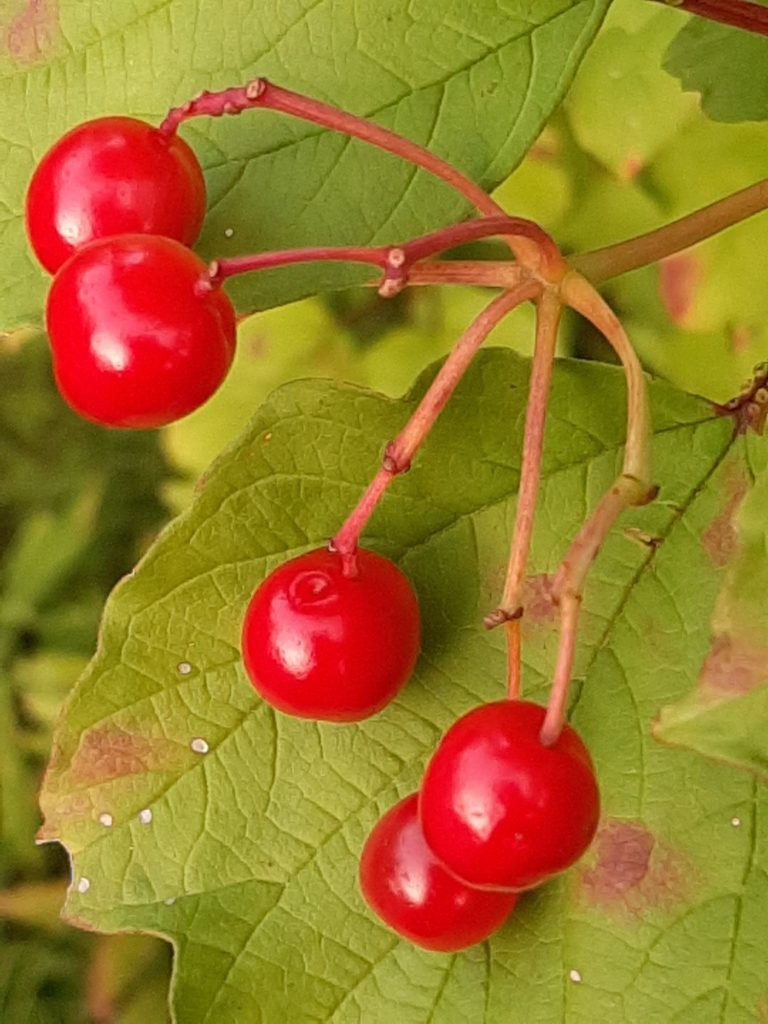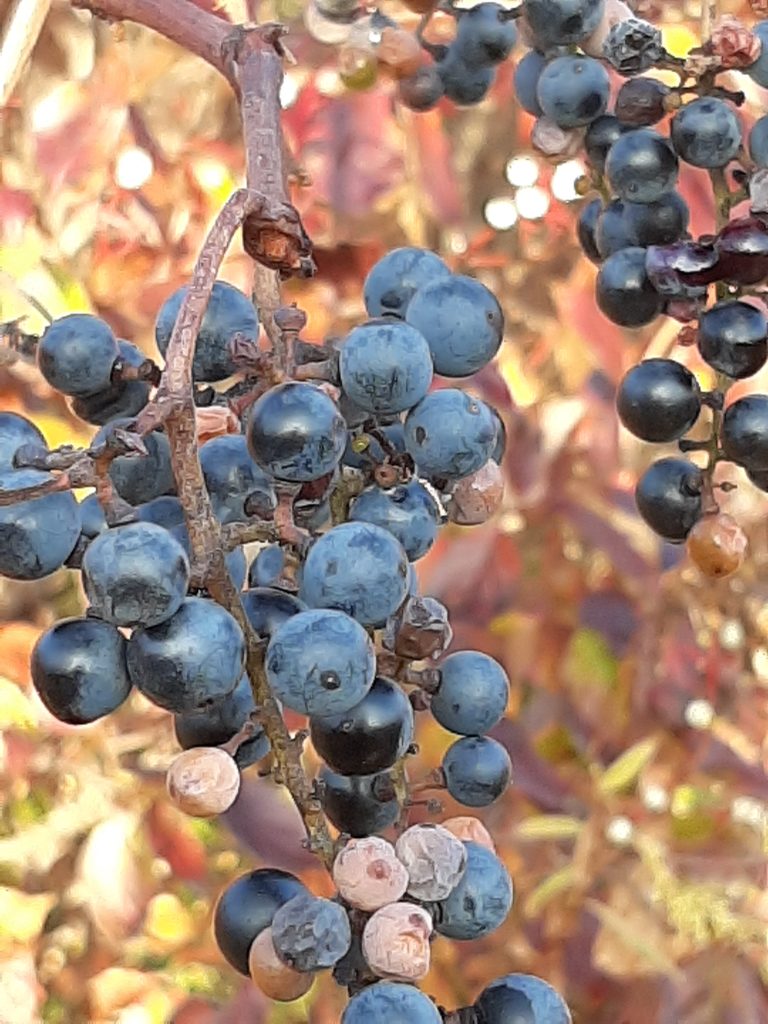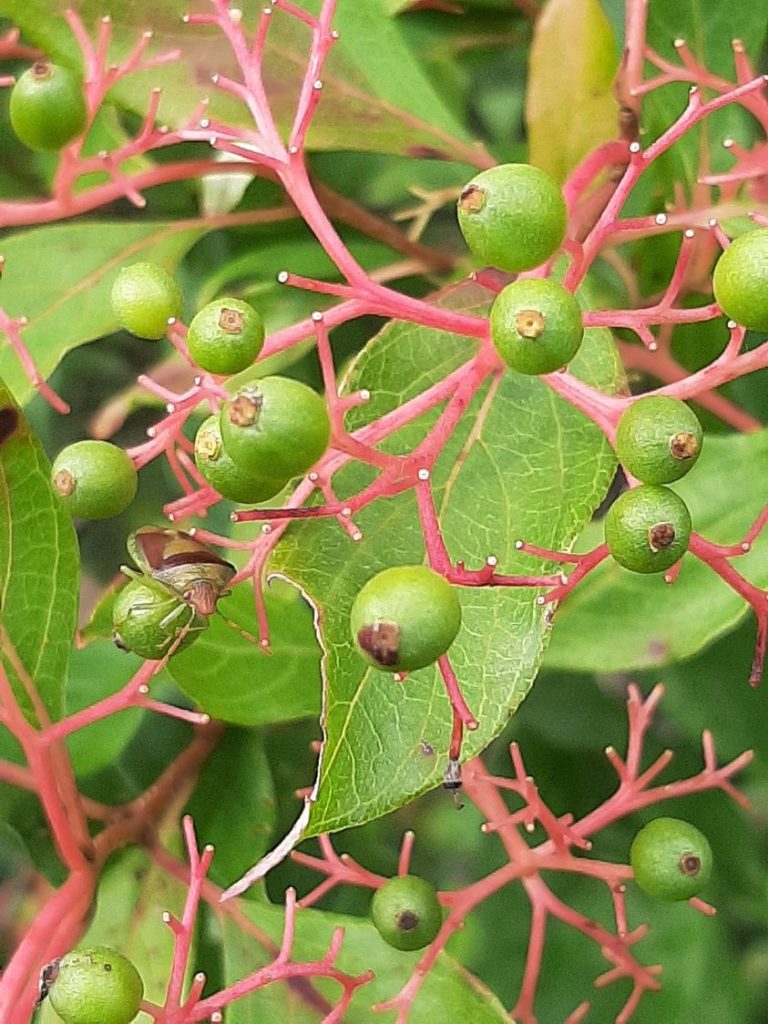 One of the great pleasures of being a gardener is perusing the seed catalog for next year’s garden. We sit by the wood stove and flip over the brightly colored pages, planning which seeds to buy for the annual spring planting. All last year’s failures will be roto-tilled under and forgotten, and this spring will start a whole new year of brilliant gardening success.
One of the great pleasures of being a gardener is perusing the seed catalog for next year’s garden. We sit by the wood stove and flip over the brightly colored pages, planning which seeds to buy for the annual spring planting. All last year’s failures will be roto-tilled under and forgotten, and this spring will start a whole new year of brilliant gardening success.
But the funny thing is that this habit of spring planting is a human custom. Nature does her seed planting at the opposite pole of the year—the fall.
How many seeds will you walk past in a short stroll in the park? Every single goldenrod floret produces a single seed (that’s cool because they don’t cause hay fever.) Every single tiny white Queen Anne’s lace flower produces a seed. Milkweed, thistle, jewelweed, all are gone to seed now. The center of every sunflower, daisy, and black-eyed Susan is a treasure trove of seeds. Dogwood berries line the trails. Wild grapes festoon the branches overhead.
Not to mention the forest harvest. Acorns carpet the forest floor. Apple seeds inside bright fruits clunk down to the ground. Squirrels are busy planting hickory nuts and black walnuts. And many creatures—birds, chipmunks, squirrels, raccoons, mice—maybe even a bear or two!—are feasting on grapes, berries, and wild cherries.
It’s a question often asked: do bears poop in the woods? The answer is yes, and it’s a good thing, too. Plants can’t get up and walk around, so they have to find a way to colonize new areas. And seeds can travel far and wide when encased in a coat of fur or feathers. Hundreds of types of plants depend on animals to do their “gardening” for them, since many types of seeds can’t germinate without first taking a trip through an animal’s stomach.
Wild cherry seeds, for instance, are hard and bitter, so when an animal eats them, the pits don’t get chewed—the animal’s digestive tract begins to break down the hard shell. When the critter finally excretes the cherry seed, it’s all ready to get growing. And, as a bonus, the seed is surrounded by a convenient mound of fertilizer. All the other soft mushy stuff in the dropping contains minerals and nutrients the plant needs to grow strong, like a vitamin pill for plants. Botanists with the National Park Service who experimented with potting seeds from a single dropping from a black bear were able to germinate more than a thousand seedlings.
 Plants “advertise” their wares to their seed-dispersing customers. Most fruits are tasty, sweet-smelling, or brightly colored so they stick out in the landscape. It’s almost as if the plants are saying: Come eat me!
Plants “advertise” their wares to their seed-dispersing customers. Most fruits are tasty, sweet-smelling, or brightly colored so they stick out in the landscape. It’s almost as if the plants are saying: Come eat me!
And the best part (from the plants’ point of view) is that animals don’t deposit their waste, immediately after eating—it takes hours or even days to digest a meal. By then, the animal may have travelled many miles from the parent plant. The seeds spread to a whole new environment to grow.
And of course, plants disperse seeds in other ways too. Some use the wind, letting wings or parachutes carry the crop for hundreds of feet—or hundreds or miles. Some seeds are hooked or barbed, and hitch a ride stuck to a rabbit’s fur, a dog’s tail, or your socks.
So next time you take a fall ramble, watch nature, the ultimate gardener, at her work of planting. All those uncountable numbers of seeds will lie waiting under the snow till spring. The woods and fields are ripe with next year’s possibilities.





I love this one! Stuff I pretty much already knew (because you’ve told me before!), but the writing is so wonderful, it always feels like a new experience of leaning.